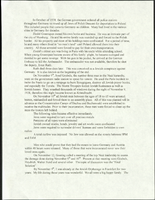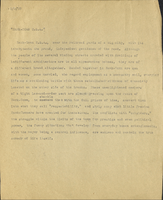Search the Special Collections and Archives Portal
Search Results
Faiss, Linda C., 1943-
Linda Faiss, Helen Foley, and Melissa Warren founded and run Faiss Foley Warren Public Relations and Public Affairs.
Linda Faiss was born in 1943 and first moved to Nevada in 1945 growing up in Carson City. She is currently active with St. Jude’s Ranch for Children, Boulder City Hospital, Nevadans for the Common good and the MOB museum.
Person
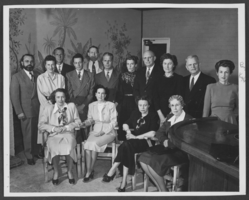
Photograph of Las Vegas Education Association, Las Vegas, circa late 1940s
Date
Archival Collection
Description
Image

Photograph of Blanche Zucker, Sidney Saltz and Colette Saltz at a WE CAN benefit, Union Plaza Hotel, Las Vegas, Nevada, 1984
Date
Archival Collection
Description
Image
Marjorie Bayle, Amie Bayle, and Danielle Oelhoffen oral history interview
Identifier
Abstract
Oral history interview with Marjorie Bayle, Amie Bayle, and Danielle Oelhoffen conducted by Claytee D. White on September 24, 2021 for the Boyer Early Las Vegas Oral History Project.
Three generations join together for the telling of the Bayle Family history and the details of Marjorie Bayle's life. She discusses her upbringing in Ohio, her family's occupations, and her employment history working for North American Aviation, Nationwide Insurance, and as a secretary for Rockwell International in California. Marjorie also shares details about her time spent living in Normandy, France with her husband.
Archival Collection
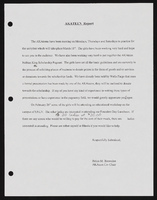
Alpha Kappa Alpha Sorority, Theta Theta Omega Chapter AKAteens committee report
Date
Archival Collection
Description
From the Alpha Kappa Alpha Sorority, Incorporated, Theta Theta Omega Chapter Records (MS-01014) -- Chapter records file.
Text
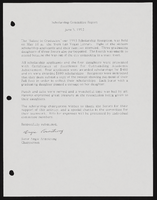
Alpha Kappa Alpha Sorority, Theta Theta Omega Chapter scholarship committee reports
Date
Archival Collection
Description
From the Alpha Kappa Alpha Sorority, Incorporated, Theta Theta Omega Chapter Records (MS-01014) -- Chapter records file.
Text
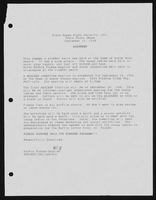
Alpha Kappa Alpha Sorority, Theta Theta Omega Chapter AKAteens committee report
Date
Archival Collection
Description
From the Alpha Kappa Alpha Sorority, Incorporated, Theta Theta Omega Chapter Records (MS-01014) -- Chapter records file.
Text

Mabel Hoggard: scrapbook
Date
Archival Collection
Description
From the Mabel Hoggard Papers (MS-00565) -- Personal papers file. This scrapbook contains mainly newspaper clippings and greeting cards to Mabel Hoggard from friends and family.
Mixed Content

